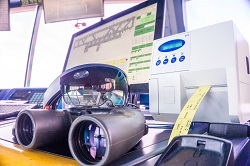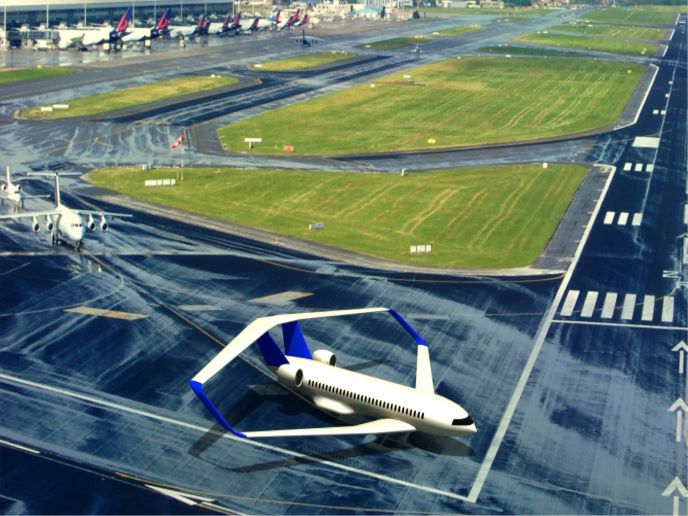Augmented reality improves air traffic control
The increasing interest in synthetic vision and augmented reality technologies has led various analysts to positively esteem the adoption of new tools enabling pilots and controllers to seamlessly operate under difficult meteorological conditions. Funded by the EU, the RETINA(opens in new window) project investigated the potential and applicability of synthetic vision tools and virtual/augmented reality display techniques for air traffic control service provision. “Built upon technology developed by the SESAR project, RETINA aimed to enhance sight capabilities and situational awareness of air traffic controllers in control towers, allowing them to better manage traffic especially when bad weather sets in,” notes Prof. Sara Bagassi. Keeping an augmented eye on air traffic control Air traffic management is very important for the smooth running of every flight. Air traffic controllers monitor take-offs, landings and ground traffic, while they also watch the runways and taxiways, ensuring that aircraft do not cross active runways or interfere with ground vehicles. During adverse weather conditions, their visual situational awareness can be impaired, leading to a reduction in throughput. RETINA’s new robust solution enhances sight capabilities and situational awareness of air traffic controllers in control towers, allowing them to better manage traffic. It does so through synthetic vision and augmented reality technologies, in the form of see-through, head-mounted displays over the actual 'out-of-the-window' view. “The use of synthetic vision systems in the airport control tower will enable to maintain airport capacity even in adverse weather conditions. This should improve the overall air traffic system capacity and, indirectly, alleviate congestion on nearby airports,” explains Prof. Bagassi. With RETINA, it should also be possible to overcome the application of low-visibility procedures. “The solutions proposed by RETINA offer air traffic controllers the possibility to have a head-up view of the airport traffic, including information such as wind velocity and direction, airport layout and runway status, even during low-visibility procedures,” notes Prof. Bagassi. The validation campaign foreseen for the project was completed in the Virtual Reality and Simulation Laboratory at the University of Bologna, Italy. The test space mimicked the environment at Bologna airport, a typical regional airport where low-visibility conditions – typically fog – are regular. RETINA partners tested a set of goggles – in particular, the Microsoft HoloLens head-mounted display. Air traffic controllers could see augmented reality 3D symbols overlaid over the out-of-window view. The project validated the concept through human-in-the-loop, real-time simulations. The view was provided in a reconfigurable virtual environment, capable of simulating any type of weather and visibility conditions in any airport. “The validation outcomes confirm that the RETINA concept as well as the technology that supports it are viable and can bring significant benefits to air traffic control and airport operations. Further analysis, modelling and simulations are envisaged to bring the technology closer to the industrial development,” says Prof. Bagassi. RETINA’s enabling technology for enhanced capacity and safety in air traffic control and airspace management has been rewarded the first prize at the 18th annual Jane’s ATC Awards at a ceremony held during the World ATM Congress in Madrid. The project is among the research projects, funded by the SESAR Joint Undertaking, the public-private organisation tasked to modernise Europe's air traffic management (ATM) system and enable safer, smarter and smoother air travel.







